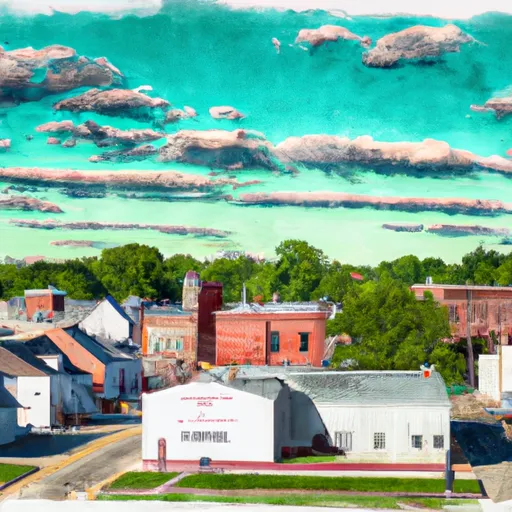°F
°F
mph
Windspeed
%
Humidity











Thayer, Indiana is a charming town located in the northwestern part of the state. The climate in Thayer is characterized by warm summers and cold winters, typical of the Midwestern region. Summers are pleasant with temperatures ranging from the mid-70s to mid-80s Fahrenheit, while winters can be quite chilly, with temperatures often dropping below freezing.
Hydrology constituents in Thayer are primarily influenced by the nearby Kankakee River. The river provides a scenic backdrop and offers various water-based activities such as fishing, boating, and kayaking. The river is also renowned for its diverse wildlife and is a popular spot for birdwatching.
In addition to the Kankakee River, Thayer is surrounded by picturesque forests, making it an ideal destination for outdoor enthusiasts. There are numerous hiking trails that wind through the woods, offering breathtaking views and opportunities to observe wildlife. Camping is also available for those who wish to immerse themselves in nature.
Thayer provides a serene and natural environment that caters to outdoor recreational activities, making it a great place to relax and enjoy the beauty of Indiana's landscape.
Weather Forecast
Thayer receives approximately 1008mm of rain per year, with humidity levels near 81% and air temperatures averaging around 10°C. Thayer has a plant hardyness factor of 5, meaning plants and agriculture in this region thrive during a short period during spring and early summer. Most plants will die off during the colder winter months.
Regional Streamflow Levels
4,200
Cubic Feet Per Second
82
Cubic Feet Per Second
1
Cubic Feet Per Second
440
Cubic Feet Per Second
Nearby Camping
| Camping Area | Reservations | Toilets | Showers |
|---|---|---|---|
| Lincoln Trail | |||
| Res 26 - Greene - Sullivan State Forest | |||
| Ouabache Trails County Park | |||
| Greene - Sullivan State Forest | |||
| Pike State Forest | |||
| Prides Creek Co Park |



